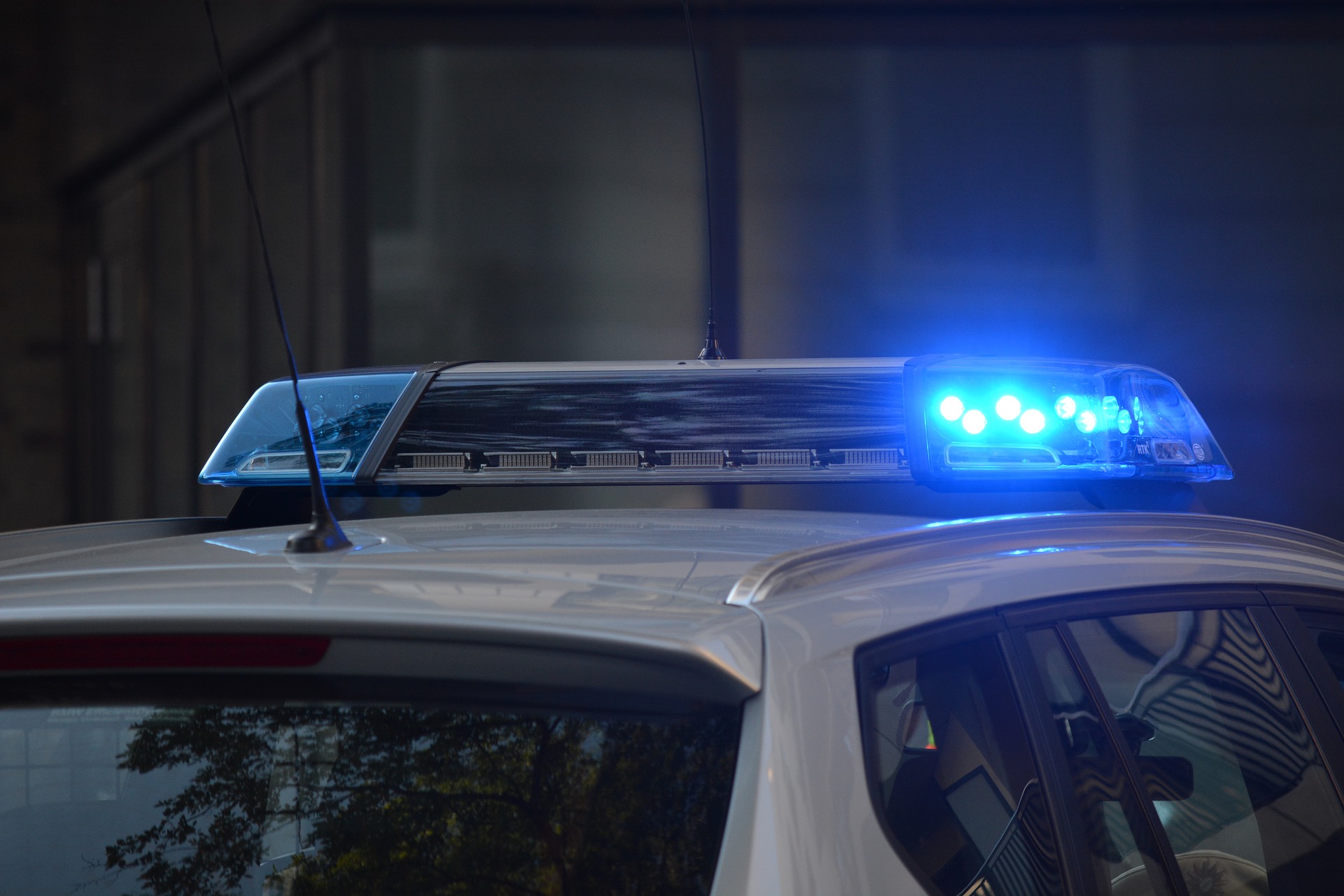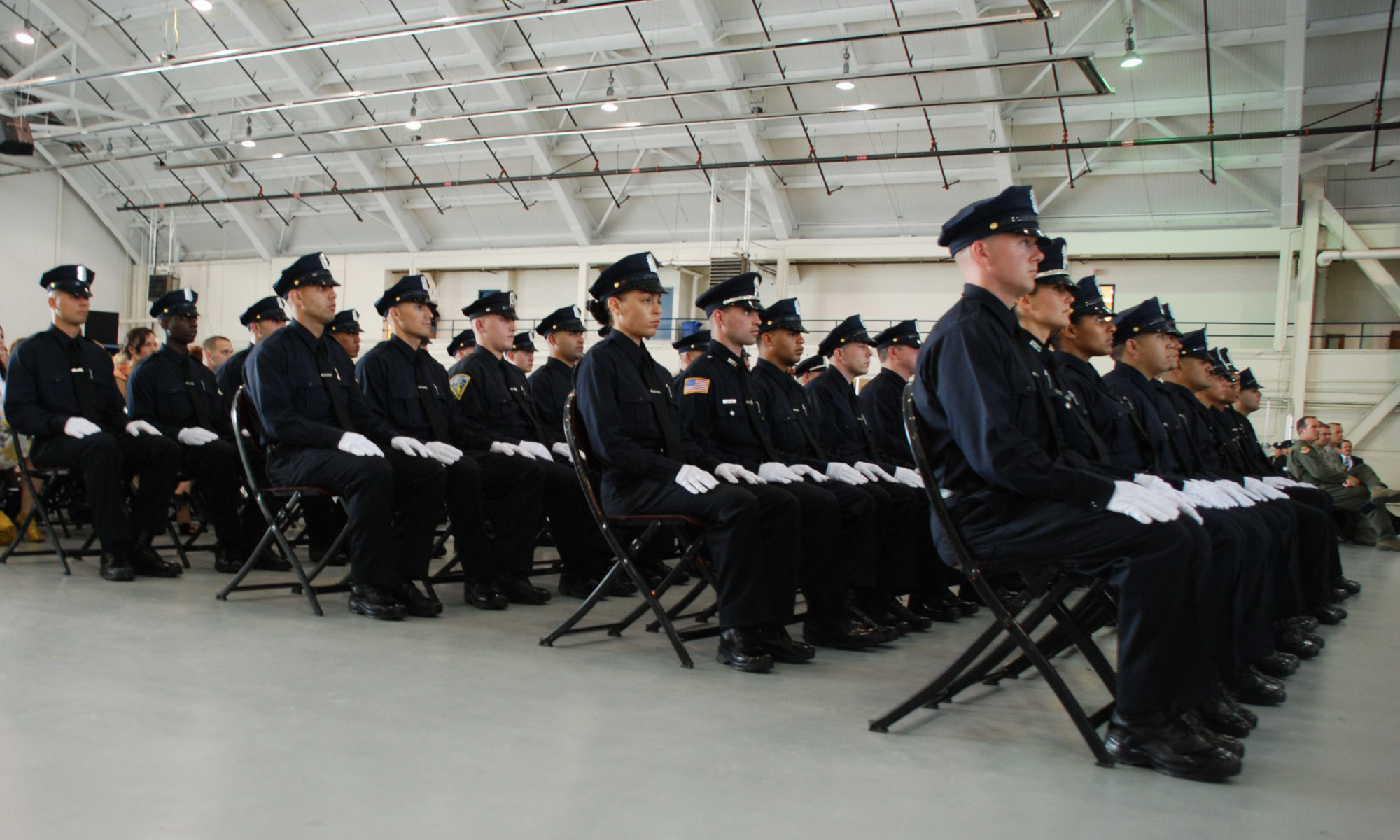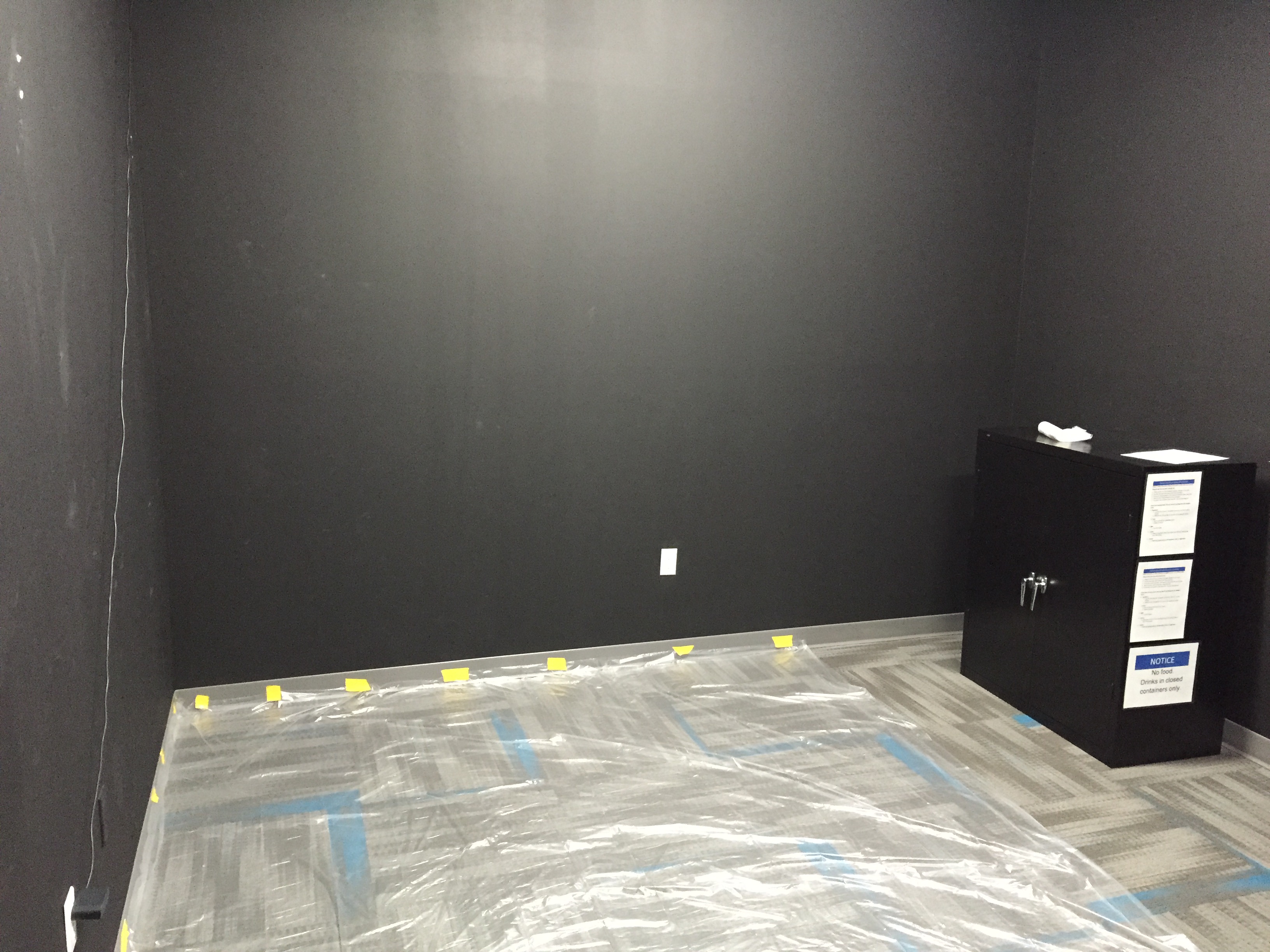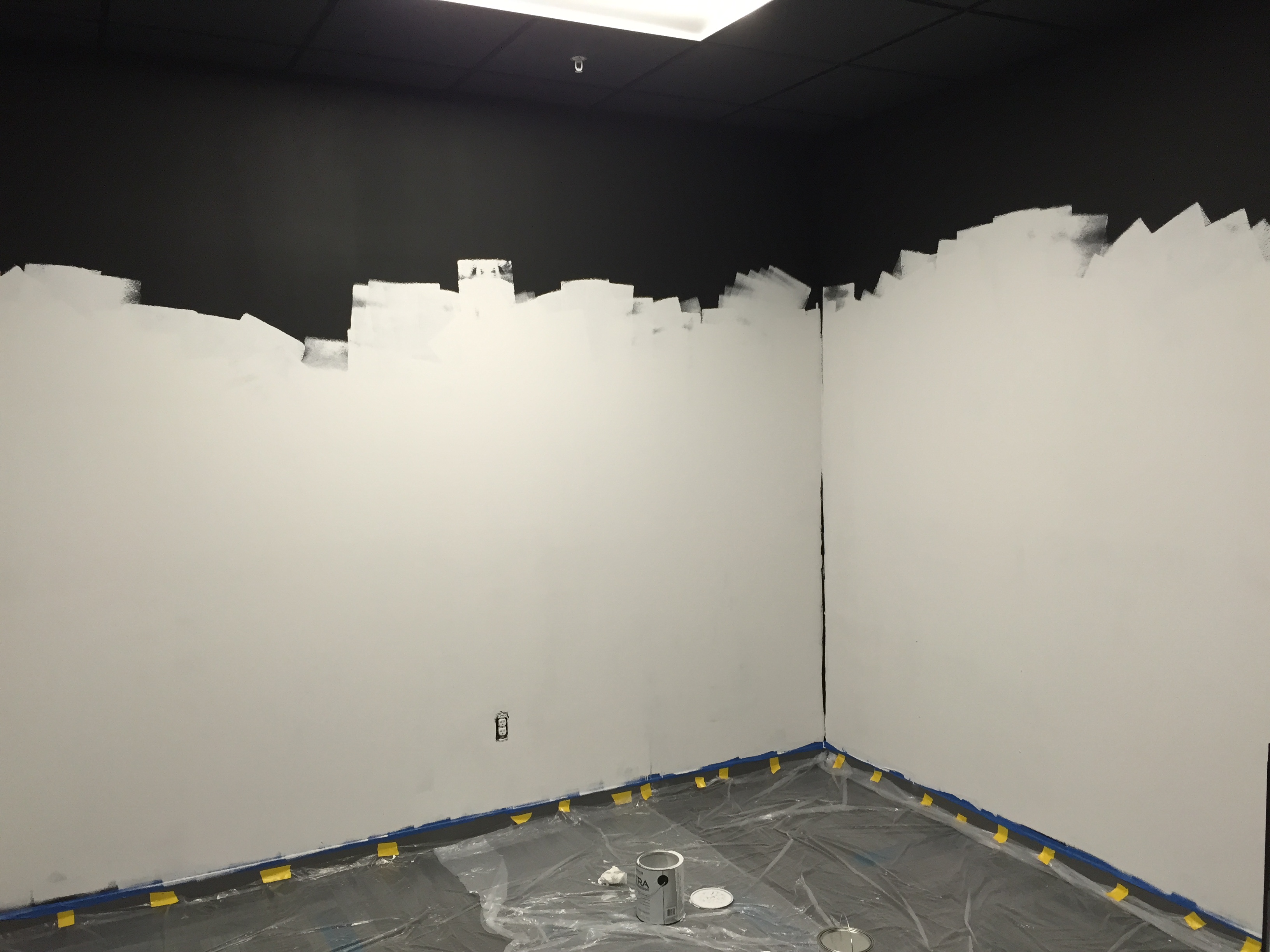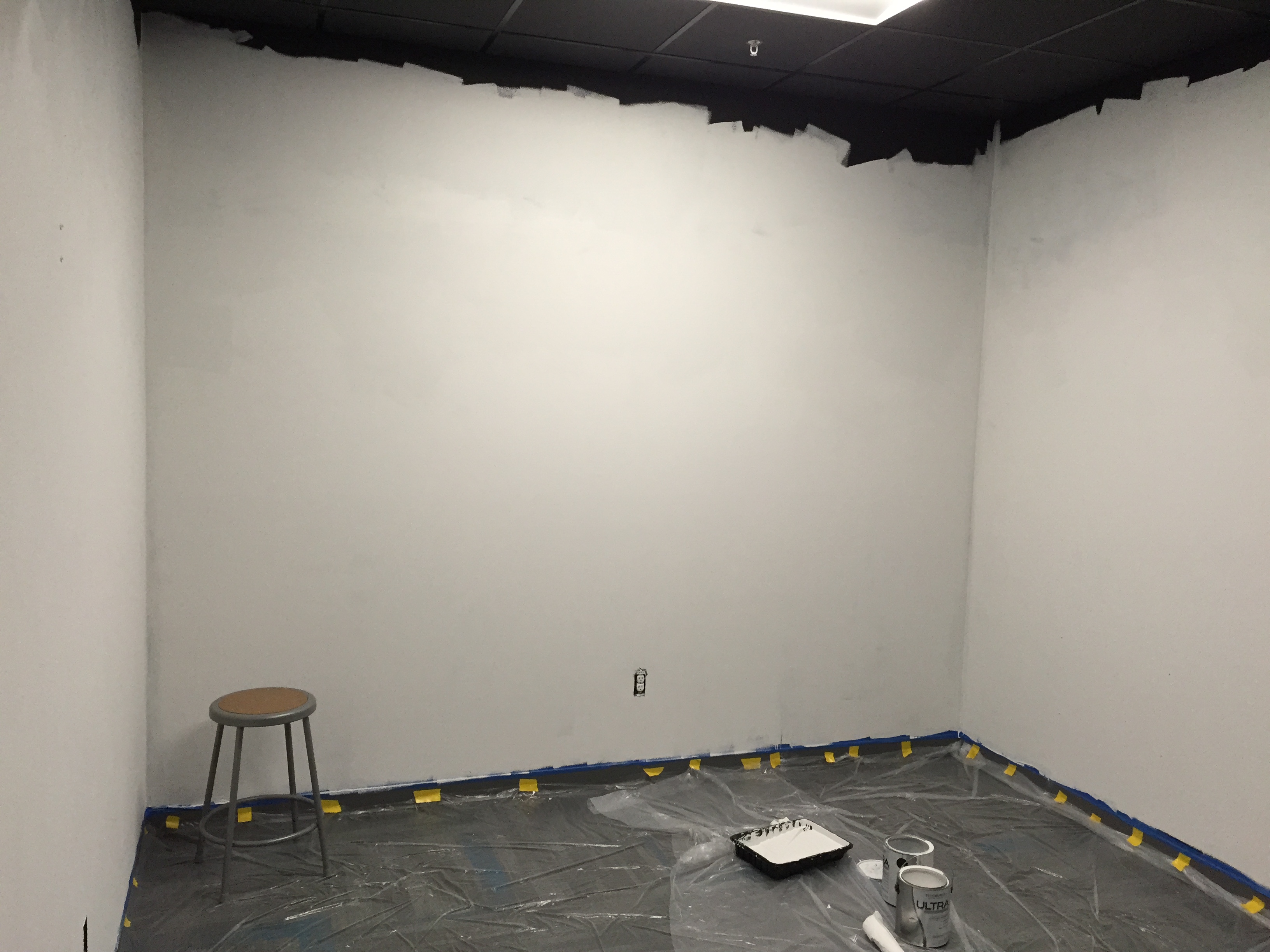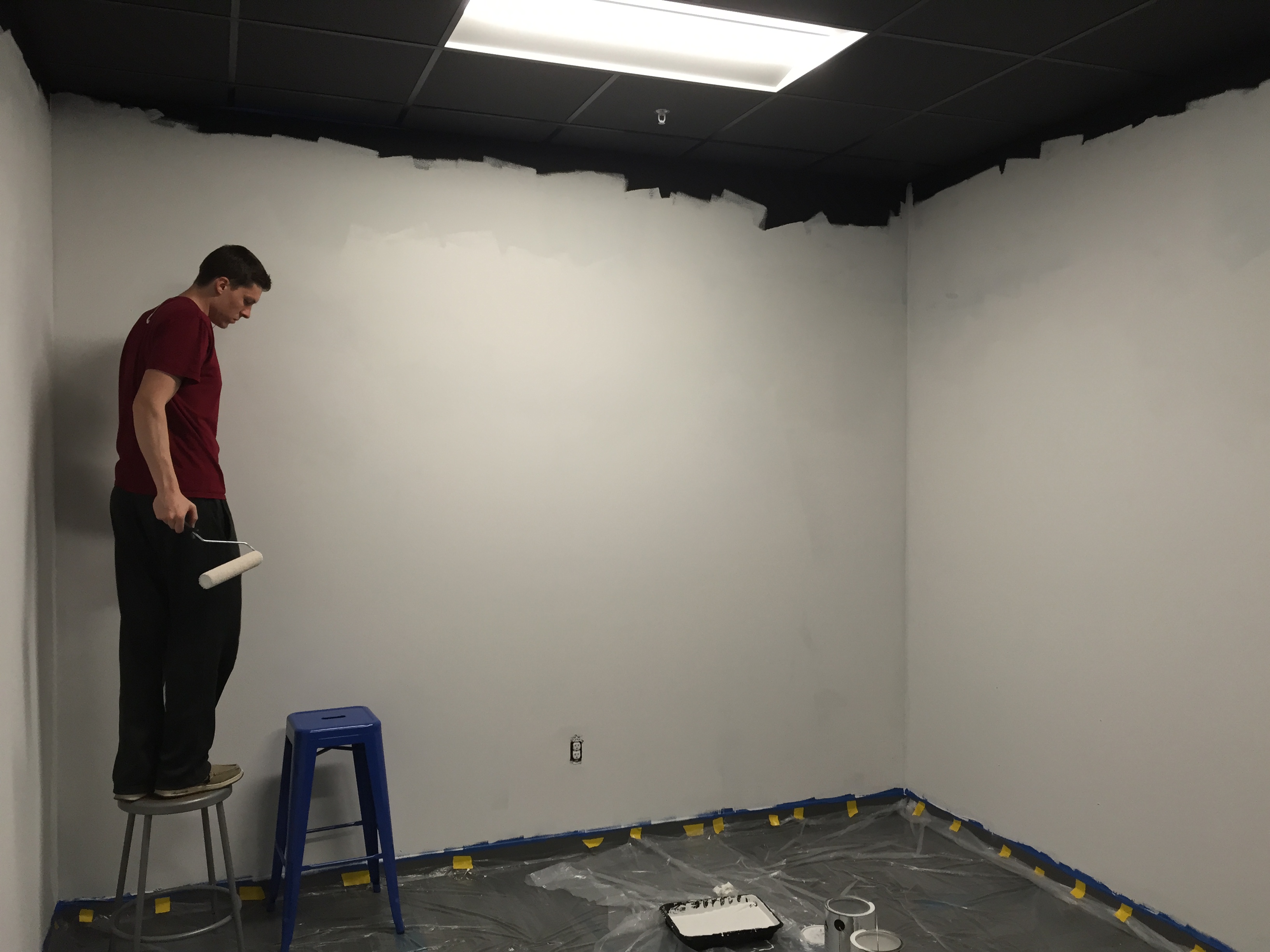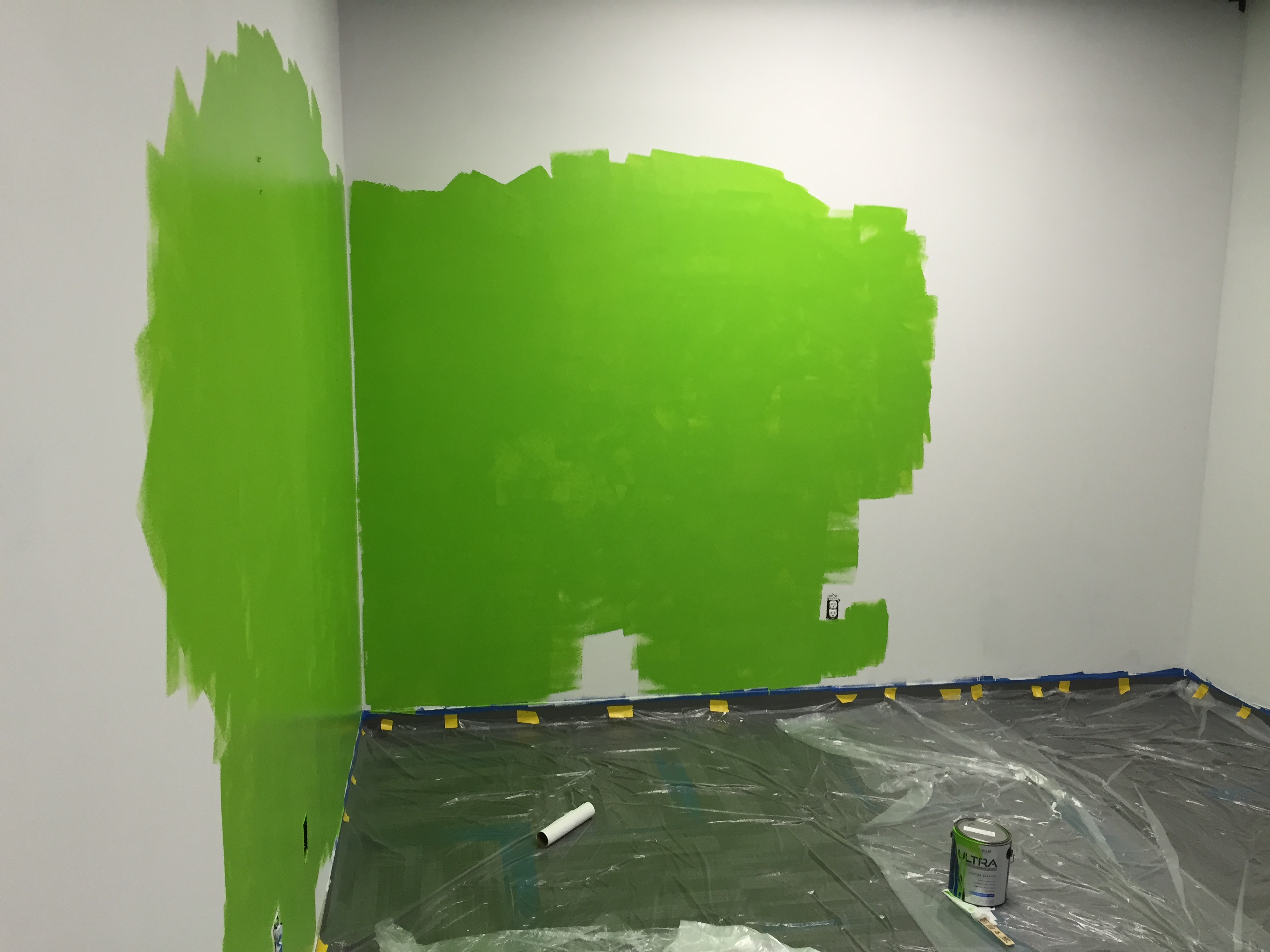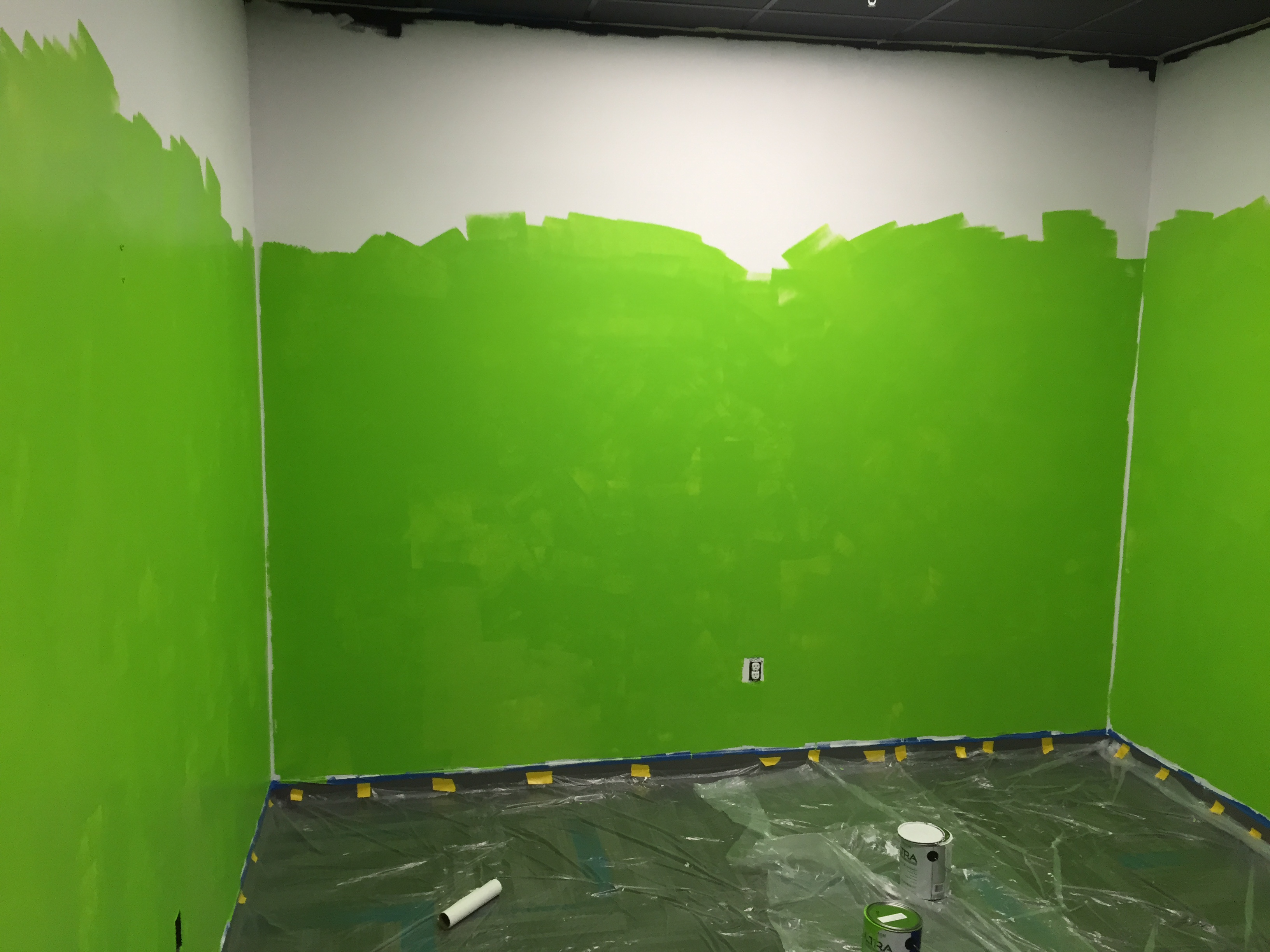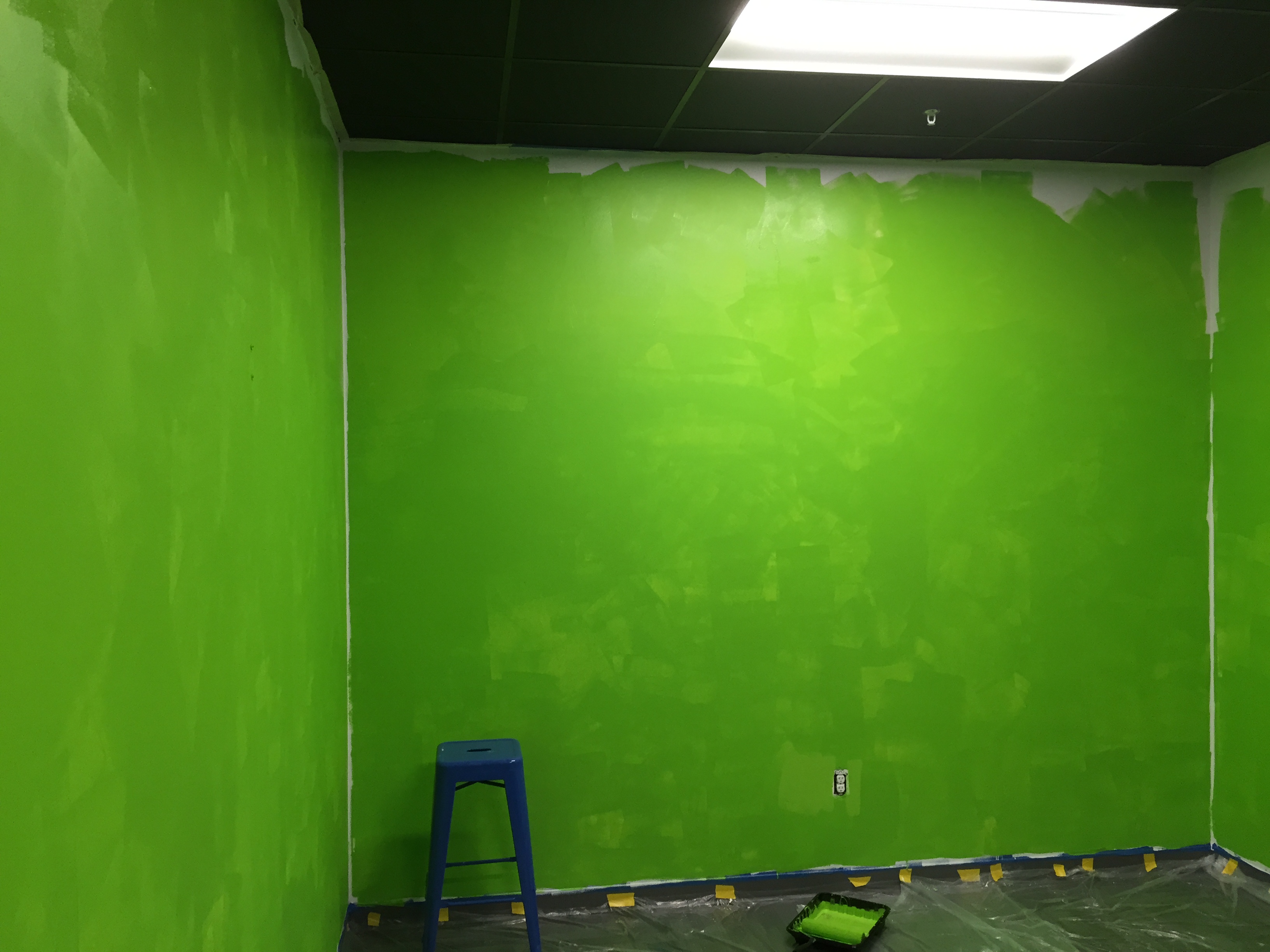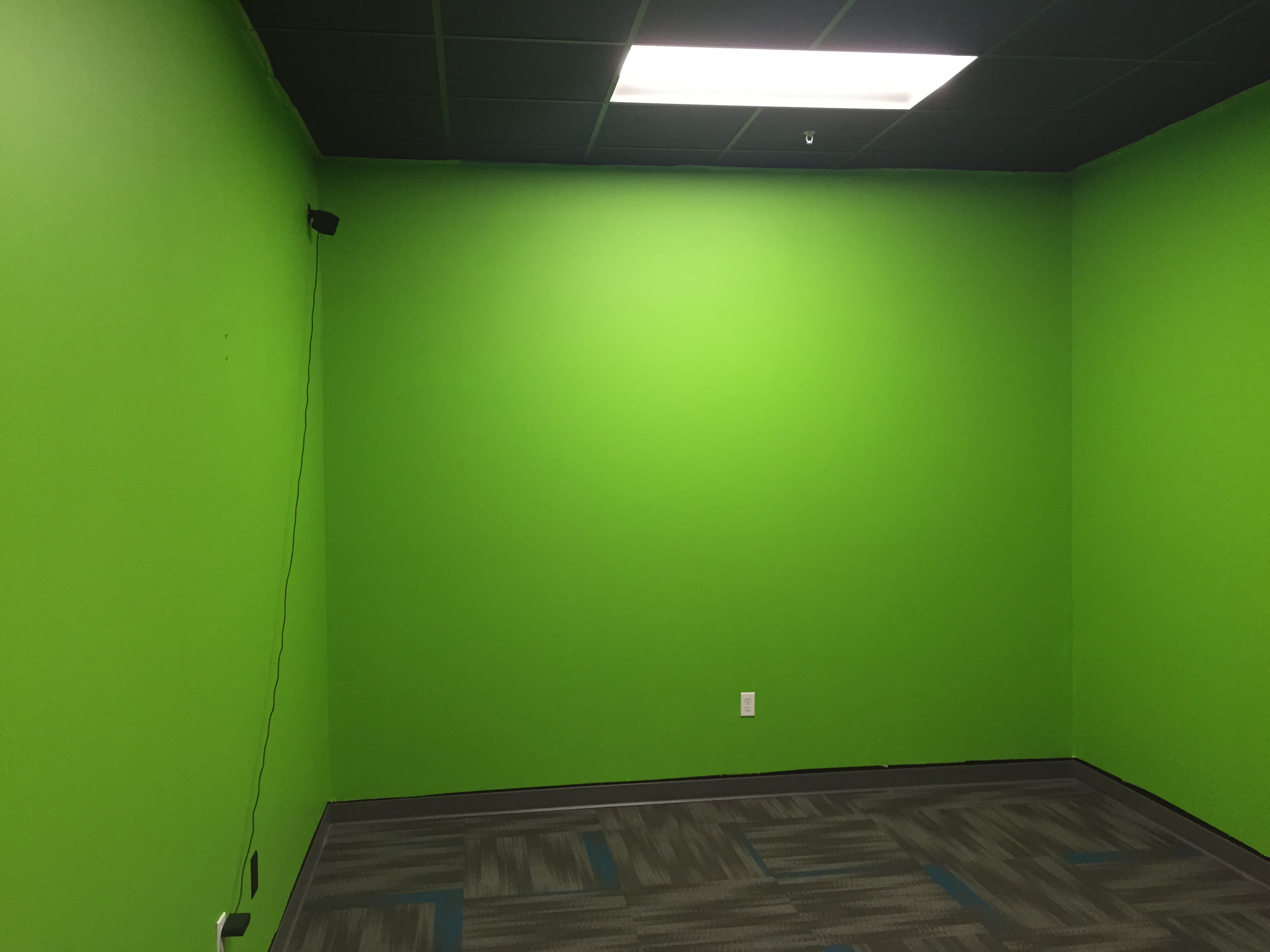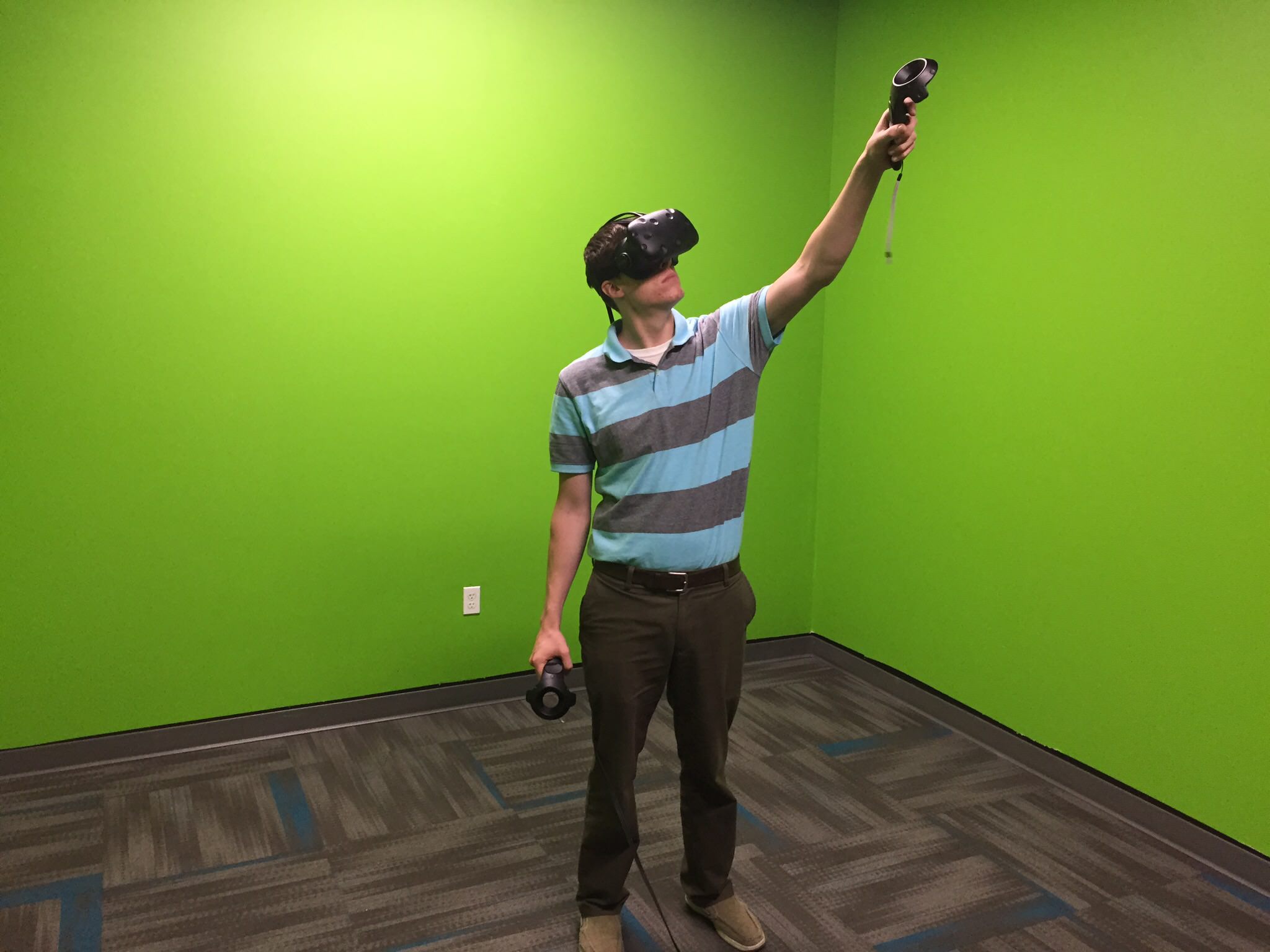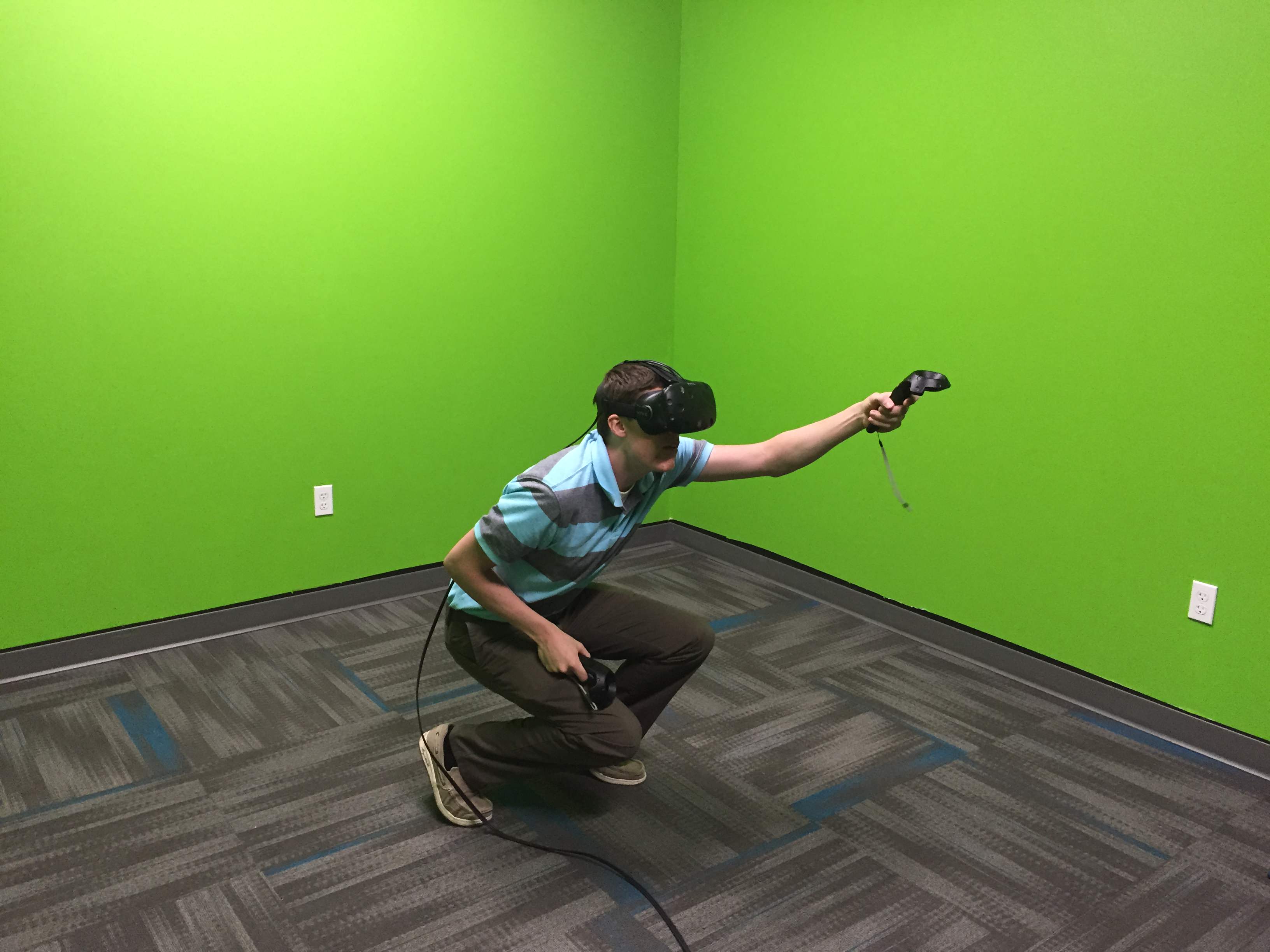What is de-escalation training?
You’re probably asking yourself, “what is de-escalation training?” De-escalation training teaches officers to slow down, create space, and use communication techniques to defuse a potentially dangerous situation. De-escalation training provides officers with strategies to calmly deal with people who are experiencing mental and emotional crises.
Why is de-escalation training important?
Many larger departments have implemented the training, such as those in New York, Chicago, Dallas, Las Vegas, and Minneapolis. So far, some of the departments have reported reductions in use-of-force incidents.
For example, the Dallas Police Department, saw an 18 percent drop in use of force the year after it instituted de-escalation training. Since 2010, excessive force complaints there have dropped by 83 percent.
Why should you care about de-escalation training?
There are 34 states that do not require de-escalation training for all officers, according to an analysis by APM Reports, and only eight have done so since Brown was killed three years ago. Although most states have boards that license peace officers and oversee state training requirements, the vast majority have failed to mandate it.
The failure to mandate de-escalation training has left the decision of whether to train up to local chiefs and sheriffs. And many haven’t done it, citing, among other reasons, cost, lack of staff, and a belief that the training is unnecessary or constitutes a rebuke of traditional policing.
Does your state require de-escalation training?
Our team has researched and collected data on de-escalation training requirements for every state across the country. You’ll find the results of our research below:
Alabama
- No de-escalation training required
- Other Required training: 12 hours per year, plus firearms proficiency.
- Accountable body: Peace Officers’ Standards and Training Commission
Alaska
- No de-escalation training required
- Other Required training: None, except firearms proficiency.
- Accountable body: Legislature
Arizona
- No de-escalation training required
- Other Required training: 8 hours per year of electives. 8 hours every 3 years of proficiency training in firearms, emergency vehicle operations, pursuit, first aid, physical conditioning and high risk stops.
- Accountable body: Peace Officer Standards and Training Board
Arkansas
- No de-escalation training required
- Other Required training: 16 hours per year, including firearms proficiency and racial profiling.
- Accountable body: Commission on Law Enforcement Standards & Training
California
- De-escalation training requirement: 2 hours every 2 years
- Other Required training: 24 hours every 2 years. Minimum 4 hours each of arrest and control, driving, firearms or force options simulator. Other required courses: domestic violence every 2 years, first aid/CPR every 2 years, racial profiling/racial diversity every 5 years.
- Accountable body: Commission on Peace Officer Standards and Training
Colorado
- No de-escalation training required
- Other Required training: 24 hours per year, including 12 in arrest control, driving, and firearms.
- Accountable body: Peace Officer Standards and Training Board
Connecticut
- De-escalation training requirement: 3 hours every 3 years
- Other Required training: 60 hours hours every 3 years: 9 hours of firearms/use of force, 2 hours rape crisis, 2 hours domestic violence, 3 hours human relations (including serious mental illness), 1 hour juvenile law, 7 hours police and the law, 2 hours patrol procedures, 1 hour gang violence, 1 hour bias/bigotry, 32 hours of electives.
- Accountable body: Police Officer Standards and Training Council
Delaware
- No de-escalation training required
- Other Required training: 16 hours per year, plus firearms, CPR, defibrillator, Taser and first responder. Additionally, a sexual assault course once every four years and one hour every three years on child sexual abuse.
- Accountable body: Council on Police Training
Florida
- No de-escalation training required
- Other Required training: 40 hours every 4 years. Stun gun every year. Firearms every 2 years. Human diversity, use of force, domestic violence, juvenile sex offender and racial profiling every 4 years.
- Accountable body: Criminal Justice Standards & Training Commission
Georgia
- De-escalation training requirement: 1 hour per year
- Other Required training: 20 hours per year, including 1 hour firearms proficiency, 1 hour use of deadly force, and 2 hours community policing.
- Accountable body: Peace Officer Standards and Training Council
Hawaii
- No de-escalation training required
- Other Required training: None
- Accountable body: Legislature
Idaho
- No de-escalation training required
- Other Required training: 40 hours every 2 years.
- Accountable body: Peace Officer Standards & Training Council
Illinois
- De-escalation training is required, but no minimum hours set
- Other Required training: No specific number of hours required, but departments are required to train officers in civil rights, constitutional and proper use of law enforcement authority, cultural competency, human rights, law update, procedural justice or use of force.
- Accountable body: Legislature
Indiana
- De-escalation training is required, but no minimum hours set
- Other Required training: 24 hours per year, including 2 hours in firearms, 2 hours in physical tactics/use of force and 2 hours in police vehicle operation. Officers are also supposed to get periodic training in mental disorders, addiction, missing persons, human trafficking, domestic violence, child abuse, sudden infant death syndrome and various first aid techniques. But the state doesn’t enforce that requirement.
- Accountable body: Law Enforcement Academy Board
Iowa
- No de-escalation training required
- Other Required training: 36 hours every 3 years, plus firearms proficiency and CPR.
- Accountable body: Legislature
Kansas
- No de-escalation training required
- Other Required training: 40 hours per year on any policing-related topic, plus biased-based policing every year.
- Accountable body: Commission on Peace Officers Standards and Training
Kentucky
- No de-escalation training required
- Other Required training: 40 hours per year
- Accountable body: Legislature
Louisiana
- No de-escalation training required
- Other Required training: 20 hours per year: 8 hours of firearms, 4 hours of defensive tactics/officer survival, 2 hours of legal updates, 6 hours of electives.
- Accountable body: Council on Peace Officer Standards and Training
Maine
- De-escalation training requirement: 2 hours per year
- Other Required training: 40 hours every 2 years, including 10-12 hours specific topics that change every year. 2016 required topics included implicit bias and autism.
- Accountable body: Criminal Justice Academy Board
Maryland
- De-escalation training is required, but no minimum hours set
- Other Required training: 18 hours per year. Firearms every year. Sexual abuse, treatment of victims of crime, victims’ services, and identity fraud victims’ rights every 3 years. CPR every 2 years.
- Accountable body: Police Training Commission
Massachusetts
- De-escalation training requirement: 4 hours per year
- Other Required training: 40 hours per year, including firearms qualification and CPR. Specific course requirements change every year. In 2015 they included four hours on deadling with the mentally ill. In 2016 they included 3 hours of “fair and impartial policing.”
- Accountable body: Municipal Police Training Committee
Michigan
- No de-escalation training required
- Other Required training: Only mandatory training is firearms proficiency. The state does set advisory training standards: officer safety, communication, emergency vehicle operations, defensive tactics, legal update and mental disorders.
- Accountable body: Commission on Law Enforcement Standards
Minnesota
- No de-escalation training required
- Other Required training: 48 hours every three years. Use of force every year. Driving every 5 five years.
- Accountable body: Board of Peace Officer Standards and Training
Mississippi
- No de-escalation training required
- Other Required training: 24 hours per year.
- Accountable body: Board on Law Enforcement Officer Standards and Training
Missouri
- De-escalation training requirement: 2 hours per year; Mental health training requirement: 2 hours per year
- Other Required training: 24 hours a year, including 1 hour racial profiling, 2 hours mental health, 2 hours officer well being, 2 hours implicit bias recognition, 2 hours de-escalation, 2 hours firearms.
- Accountable body: Peace Officer Standards and Training Commission
Montana
- No de-escalation training required
- Other Required training: 20 hours every 2 years, including a review of the code of ethics.
- Accountable body: Public Safety Officer Standards and Training Council
Nebraska
- No de-escalation training required
- Other Required training: 20 hours per year.
- Accountable body: Legislature
Nevada
- No de-escalation training required
- Other Required training: 12 hours a year, plus training in firearms, use of force. Officers must also show proficiency with less-than-lethal weapons if they carry them.
- Accountable body: Commission on Peace Officer Standards and Training
New Hampshire
- No de-escalation training required
- Other Required training: 8 hours per year, plus firearms proficiency, use of force, first aid and CPR certificate renewal and defensive tactics refreshers.
- Accountable body: Police Standards and Training Council
New Jersey
- No de-escalation training required
- Other Required training: 4 hours on domestic violence every year, plus firearms proficiency, use of force and vehicular pursuit.
- Accountable body: Attorney General
New Mexico
- De-escalation training requirement: 2 hours every 2 years
- Other Required training: 40 hours every 2 years, including amber alert training and pursuit policy training.
- Accountable body: Legislature
New York
- No de-escalation training required
- Other Required training: No specific state requirements except that officers must receive annual “instruction in deadly physical force and the use of firearms and other weapons.”
- Accountable body: Legislature
North Carolina
- No de-escalation training required
- Other Required training: 24 hours a year. For 2016: 6 hours of firearms, 4 hours legal update, 2 hours “juvenile minority sensitivity,” 2 hours human trafficking, 2 hours “citizens and guns” and 8 hours of electives.
- Accountable body: Criminal Justice Education & Training Standards Commission
North Dakota
- No de-escalation training required
- Other Required training: 60 hours every 3 year; 20 can be online, plus annual firearms proficiency.
- Accountable body: Peace Officer Standards and Training Board
Ohio
- De-escalation training requirement: 2 hours per year
- Other Required training: Training requirements recently increased. 2016 requirement was 11 hours, increasing to 20 hours in 2017. Required subjects for training in 2016 were community-police relations and crisis de-escalation.
- Accountable body: Peace Officer Training Commission, Attorney General’s Office
Oklahoma
- De-escalation training requirement: 2 hours per year
- Other Required training: 25 hours a year, plus an annual firearms recertification.
- Accountable body: Council on Law Enforcement Education and Training
Oregon
- No de-escalation training required
- Other Required training: 84 hours every 3 years, including 8 hours of either firearms or use of force, plus CPR.
- Accountable body: Board on Public Safety Standards and Training
Pennsylvania
- No de-escalation training required
- Other Required training: 12 hours per year, plus annual firearms proficiency, updated CPR and first aid. Legal update required in 2016.
- Accountable body: Municipal Police Officers Education & Training Commission (for police); Pennsylvania Commission on Crime and Delinquency (for sheriff’s deputies and constables)
Rhode Island
- No de-escalation training required
- Other Required training: Hate crimes, gangs and domestic violence training required by statute.
- Accountable body: Legislature
South Carolina
- No de-escalation training required
- Other Required training: 40 hours every 3 years, including one legal update course and one domestic violence course.
- Accountable body: Legislature
South Dakota
- De-escalation training is required, but no minimum hours set
- Other Required training: 40 hours every 2 years, including firearms proficiency.
- Accountable body: Legislature
Tennessee
- De-escalation training is required, but no minimum hours set
- Other Required training: 40 hours per year, including child sexual abus, emergency vehicle operation and 8 hours of firearms proficiency.
- Accountable body: Peace Officers Standards and Training Commission
Texas
- De-escalation training is required, but no minimum hours set
- Other Required training: 40 hours every 2 years, including legal update. A ‘basic peace officer’ must receive cultural diversity and special investigative topics. Additional requirements for those holding ‘intermediate peace officer’ certification.
- Accountable body: Commission on Law Enforcement
Utah
- No de-escalation training required
- Other Required training: 40 hours per year.
- Accountable body: Peace Officer Standards and Training Council
Vermont
- No de-escalation training required
- Other Required training: Full time officers need 25 hours per year, including firearms, CPR and biennial domestic violence.
- Accountable body: Criminal Justice Training Council
Virginia
- No de-escalation training required
- Other Required training: 40 hours every 2 years, including 2 hours cultural diversity, 4 hours legal training and firearms proficiency.
- Accountable body: Criminal Justice Services Board
Washington
- De-escalation training requirement: 2 hours per year
- Other Required training: 24 hours per year.
- Accountable body: Criminal Justice Training Commission
West Virginia
- No de-escalation training required
- Other Required training: 16 hours per year, plus firearms proficiency.
- Accountable body: Legislature
Wisconsin
- No de-escalation training required
- Other Required training: 24 hours per year, including handgun proficiency, plus 4 hours vehicle pursuit every other year.
- Accountable body: Law Enforcement Standards Board
Wyoming
- No de-escalation training required
- Other Required training: 40 hours every 2 years. First two years after certification, officers need 80 hours in 2 years.
- Accountable body: Peace Officers Standards and Training Commission
